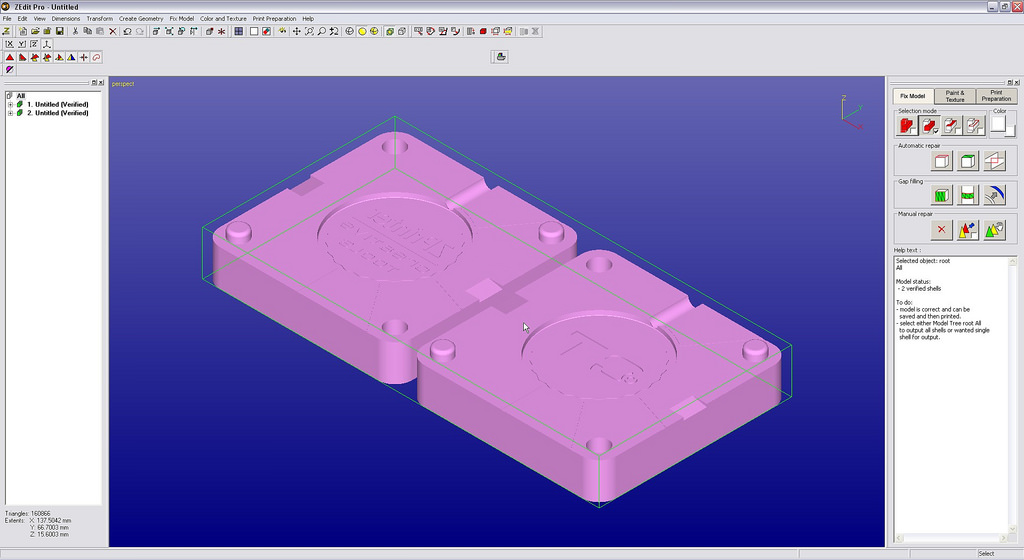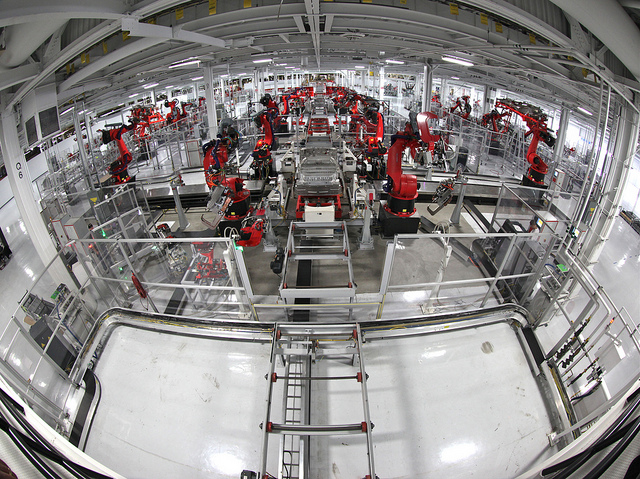Three Pitfalls to avoid going from Prototype to Production
 Too many new (and even some experienced) entrepreneurs and product managers underestimate the effort going from prototype to production. Here are three big tasks that should not be overlooked.
Too many new (and even some experienced) entrepreneurs and product managers underestimate the effort going from prototype to production. Here are three big tasks that should not be overlooked.
Tooling
Tooling refers to the engineering and manufacturing effort that the manufacturer needs to perform before mass producing your product. Most manufacturing processes require some amount of tooling, but few require more effort than plastic injection molds.

I won’t go into the intricacies of building molds for plastic injected parts, but–suffice it to say–it is challenging and labor intensive. Tooling for molds takes a minimum of 8 weeks. For parts that require special finishes, you can count on at least 12 weeks. In most cases, more time is required to do fine tuning and get the part just right. Two tips can help the process go more smoothly.
- Design your product for manufacturing by taking care of the most minute detail and ensuring manufacturing tolerances won’t cause delays.
- Be co-located with your contract manufacturer such that you can immediately check the quality and approve changes to the mold (this might mean spending some time in China).
Part Lead Times
If a single, required part has a long lead time, it will delay your entire manufacturing process. PCBs typically require 100’s of individual parts. That leaves a lot of room for a part to be out of stock. Most electronic component factories have stated lead times of 12 to 16 weeks. If you ramp up your supply chain when you start your tooling, you shouldn’t lose too much time waiting for parts. If you know you are going to use a part, make a plan now to order it.
Assembly Labor
Assembly labor is thousands to millions of times more tedious during production than during prototyping. For example, adding a screw during prototyping is no big deal. That same screw in production may add unnecessary labor time and costs.

Made in the USA Tip. Keep in mind, higher labor costs will decrease the likelihood that you will find a contract manufacturer in the United States that can build the product competitively. US manufacturers can (sort of) compete with overseas manufacturers when it comes to automation but not when it comes to labor.
As part of the prototype to production effort, you should update the design of your product to minimize assembly time and costs. For PCBs, avoid using through-hole parts or soldering wires directly to the board. Surface mounted parts can be assembled by a machine with minimal cost. On the mechanical side, consider whether you could use a snap-fit over using a screw. Anything you can do to decrease part count will easily pay for itself during production.
Get After It
These are three of the big things to watch out for. Unfortunately, the laws of big numbers ensure that anything that can go wrong in production will eventually go wrong. When that happens, make the necessary tweaks to your design and tackle issues as they arise. Good luck!
Photos by Creative Tools, Steve Juventson, auroramixer
